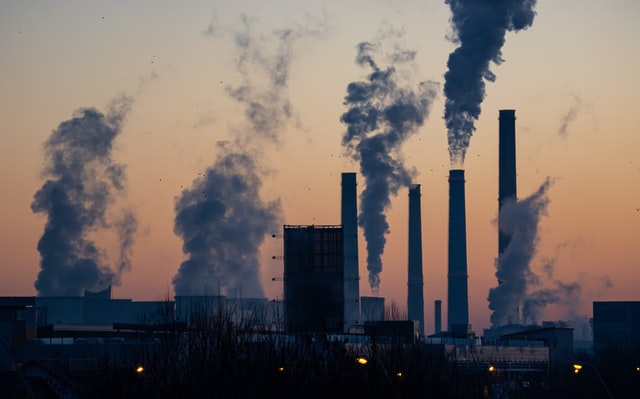
IEA said it expects CO2 emissions to increase by nearly 300 million metric tons in 2022, to a total of 33.8 billion metric tons. There was a jump of nearly 2 billion metric tons in 2021, according to IEA analysis. The agency attributed the 2021 increase to global recovery from the economic crisis triggered by the pandemic.
The agency said this year’s increase is driven by power generation and the aviation sector, as air travel rebounds from pandemic lows. IEA added the emissions increase would be a lot bigger if not for large-scale clean energy deployments.
“The global energy crisis triggered by Russia’s invasion of Ukraine has prompted a scramble by many countries to use other energy sources to replace the natural gas supplies that Russia has withheld from the market. The encouraging news is that solar and wind are filling much of the gap, with the uptick in coal appearing to be relatively small and temporary,” said IEA Executive Director Fatih Birol.
According to IEA, solar PV and wind are leading an increase in global renewable electricity generation in 2022 of more than 700 TWh, the largest annual rise on record. Despite challenging situations in several regions due to drought in 2022, global hydropower output is up year-on-year, contributing over one-fifth of the expected growth in renewable power.
IEA said it also expects coal to represent the next largest increase in 2022, as some countries respond to soaring natural gas prices. In total, global CO2 emissions from coal-fired power generation are set to grow by more than 200 million metric tons, or 2%, led by increases in Asia.
In the U.S., the Energy Information Administration reported higher coal shipments to power plants in 2021, in part due to higher natural gas prices.
The European Union’s CO2 emissions are set to decline in 2022, despite an increase in coal emissions, according to IEA analysis. The rise in European coal use is expected to be temporary, with a strong pipeline of new renewable projects forecast to add around 50 gigawatts of capacity in 2023, the agency said.
In China, CO2 emissions are set to remain broadly flat in 2022, reflecting weaker economic growth, the impacts of drought on hydropower and major solar and wind deployments.
IEA added the world’s low-carbon emission electricity supply has suffered from several nuclear plant outages, which are expected to reduce global nuclear power production by over 80 TWh. This has mostly been due to more than half of France’s fleet of nuclear reactors being offline for part of the year.